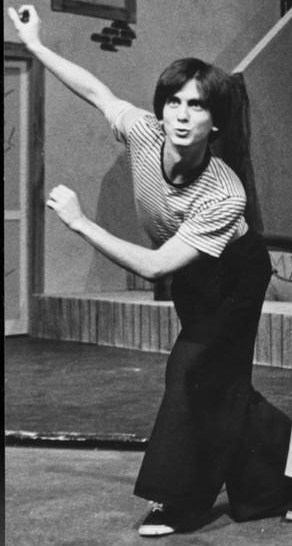

"Stay out of the sun. Wear sunscreen." According to her daughter, those words closed every letter Courtney wrote in recent years. She died in December from melanoma. She spent her career in soaps, appearing on six different programs over the years, beginning with two roles on Edge of Night in the late 50s. It was her role on Another World which put her on the map. She was part of the soap's debut cast, playing nurse Alice Matthews from the show's first episode in 1964 until 1975. She was the undisputed leading lady of the show, and when she was paired with actor George Reinholt, they became one of daytime's earliest "super couples," even before that term was invented. The trials and tribulations of their romance formed the central plot of Another World for 11 years, until a
over the years, beginning with two roles on Edge of Night in the late 50s. It was her role on Another World which put her on the map. She was part of the soap's debut cast, playing nurse Alice Matthews from the show's first episode in 1964 until 1975. She was the undisputed leading lady of the show, and when she was paired with actor George Reinholt, they became one of daytime's earliest "super couples," even before that term was invented. The trials and tribulations of their romance formed the central plot of Another World for 11 years, until a  new writing team came on board. In a stunning move, both popular actors were sacked. The show's competitor in the timeslot was One Life to Live, who promptly hired both actors and created a romance for them on their show. Another World lost a million viewers when Courtney and Reinholt left, and One Life to Live gained a million when they were added to their cast. I remember seeing Jacqueline Courtney's work a few times on Another World, and I found her a bit dull (the producer who fired her called her "a bad actress," and I wouldn't dispute that), but she had an
new writing team came on board. In a stunning move, both popular actors were sacked. The show's competitor in the timeslot was One Life to Live, who promptly hired both actors and created a romance for them on their show. Another World lost a million viewers when Courtney and Reinholt left, and One Life to Live gained a million when they were added to their cast. I remember seeing Jacqueline Courtney's work a few times on Another World, and I found her a bit dull (the producer who fired her called her "a bad actress," and I wouldn't dispute that), but she had an  attractively husky voice and an incandescent light about her which must have been the source of her popularity. When she died in December, the trades were calling her one of the first superstars of soaps.
attractively husky voice and an incandescent light about her which must have been the source of her popularity. When she died in December, the trades were calling her one of the first superstars of soaps.
I was not a regular viewer of Another World until this gal came on the show:

On the soap, she played an evil housekeeper who w as trying to gaslight her wealthy employer. At the time, I had no idea I was watching one of the great ladies of the American stage. Stenborg left her native Minnesota shortly after Pearl Harbor, heading to New York and a career in show biz. She lived for a time at the famed Barbizon Hotel for Women, and appeared in USO shows during the war. In 1946, she was entertaining at a veteran's hospital when she met Bernard Hughes. Four years later, they were married, beginning one of the most enduring marriages in show business.
as trying to gaslight her wealthy employer. At the time, I had no idea I was watching one of the great ladies of the American stage. Stenborg left her native Minnesota shortly after Pearl Harbor, heading to New York and a career in show biz. She lived for a time at the famed Barbizon Hotel for Women, and appeared in USO shows during the war. In 1946, she was entertaining at a veteran's hospital when she met Bernard Hughes. Four years later, they were married, beginning one of the most enduring marriages in show business.
 The couple celebrated their 50th anniversary while appearing on Broadway in Noel Coward's Waiting in the Wings, for which Helen earned a Tony nomination (playing an elderly pyromaniac).
The couple celebrated their 50th anniversary while appearing on Broadway in Noel Coward's Waiting in the Wings, for which Helen earned a Tony nomination (playing an elderly pyromaniac).  She played opposite Helen Mirren in A Month in the Country, opposite Liam Neeson in The
She played opposite Helen Mirren in A Month in the Country, opposite Liam Neeson in The  Crucible, and opposite her husband in Da, the play for which he won the Tony. Helen's most memorable work may have been Off-Broadway, where she appeared often and to great acclaim. She was a longtime member of the Circle Repertory Company, where she was a frequent interpreter of playwright
Crucible, and opposite her husband in Da, the play for which he won the Tony. Helen's most memorable work may have been Off-Broadway, where she appeared often and to great acclaim. She was a longtime member of the Circle Repertory Company, where she was a frequent interpreter of playwright  Landord Wilson's work (he recently died, too: if you wait patiently, his obit will show up in these pages). Stenborg won the Obie for Talley and Son, and appeared in Wilson's Fifth of July. During rehearsals for the latter play, she quizzed the playwright about the backstory of her character, which inspired Wilson to write Talley's Folly,
Landord Wilson's work (he recently died, too: if you wait patiently, his obit will show up in these pages). Stenborg won the Obie for Talley and Son, and appeared in Wilson's Fifth of July. During rehearsals for the latter play, she quizzed the playwright about the backstory of her character, which inspired Wilson to write Talley's Folly,  which won the Pulitzer. Another memorable performance of Stenborg's was in the original cast of Wit; the final scene had Helen reading the children's book The Runaway Bunny to the leading lady as she lay dying of cancer. Not a dry eye in the house, I imagine. Helen Stenborg's final stage performance was just last year (at the age of 84!); it had some
which won the Pulitzer. Another memorable performance of Stenborg's was in the original cast of Wit; the final scene had Helen reading the children's book The Runaway Bunny to the leading lady as she lay dying of cancer. Not a dry eye in the house, I imagine. Helen Stenborg's final stage performance was just last year (at the age of 84!); it had some  personal significance for me, as it was in the Off-Broadway production of Vigil, a play I have appeared in twice. She had film roles in Three Days of the Condor, Starting Over, and Doubt. She died last week at the age of 86; she is survived by, among others, her son, famed theatre director Doug Hughes.
personal significance for me, as it was in the Off-Broadway production of Vigil, a play I have appeared in twice. She had film roles in Three Days of the Condor, Starting Over, and Doubt. She died last week at the age of 86; she is survived by, among others, her son, famed theatre director Doug Hughes.
Both of the above "white diamonds" first came to my attention for their appearances on soap operas. I can't say the same for our last diamond, though she also spent some (brief) time on soaps:

1932-2011
Everybody in the world knows of this superstar's death last week, which is understandable, as, 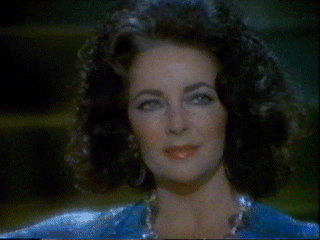 during her heyday, she was sometimes described as the most famous woman on the planet. Everybody already knows about her movies and her marriages, the tributes last week were plentiful. Not everyone is aware of her brief fling with the daytime soaps. In 1983, she visited her buddy Carol Burnett on the set of All My Children, and as a tribute to Burnett, dressed as a
during her heyday, she was sometimes described as the most famous woman on the planet. Everybody already knows about her movies and her marriages, the tributes last week were plentiful. Not everyone is aware of her brief fling with the daytime soaps. In 1983, she visited her buddy Carol Burnett on the set of All My Children, and as a tribute to Burnett, dressed as a charwoman for a brief cameo. You might wonder what a star of Burnett's stature was doing on a soap in the first place; Elizabeth Taylor had something to do with that, too. Two years earlier, Liz was the first superstar to appear on a daytime drama. The story goes that Taylor was a huge fan of General Hospital, and in particular, the show's romantic centerpiece "Luke and Laura." She made a special request of the show's writers that the couple finally be allowed to marry. Head writer Thom Racina agreed, on the condition that Taylor make a guest appearance on the show.
charwoman for a brief cameo. You might wonder what a star of Burnett's stature was doing on a soap in the first place; Elizabeth Taylor had something to do with that, too. Two years earlier, Liz was the first superstar to appear on a daytime drama. The story goes that Taylor was a huge fan of General Hospital, and in particular, the show's romantic centerpiece "Luke and Laura." She made a special request of the show's writers that the couple finally be allowed to marry. Head writer Thom Racina agreed, on the condition that Taylor make a guest appearance on the show.  He created the role of evil Helena Cassadine for her (the role, now played by Constance Towers, remains part of the show today). She shot her scenes in one day, which were then sprinkled over the three day period which included the wedding of daytime's reigning supercouple. Due to Taylor's participation, "Luke and Laura's Wedding" remains the highest rated regular episode of anything in daytime history.
He created the role of evil Helena Cassadine for her (the role, now played by Constance Towers, remains part of the show today). She shot her scenes in one day, which were then sprinkled over the three day period which included the wedding of daytime's reigning supercouple. Due to Taylor's participation, "Luke and Laura's Wedding" remains the highest rated regular episode of anything in daytime history.

Elizabeth was not the greatest actress in the world, not even close, but she was a stunning  beauty, and more often than not, she relied on that beauty rather than her talent. She was a bit lazy as an actress, but she could turn in a gutsy performance when she was pressed. Her work in two Tennessee Williams films (Cat on a Hot Tin Roof and Suddenly Last Summer) is highly regarded, as is her blowzy, blustery, braying performance as Martha in Who's Afraid of Virginia Woolf?, for which
beauty, and more often than not, she relied on that beauty rather than her talent. She was a bit lazy as an actress, but she could turn in a gutsy performance when she was pressed. Her work in two Tennessee Williams films (Cat on a Hot Tin Roof and Suddenly Last Summer) is highly regarded, as is her blowzy, blustery, braying performance as Martha in Who's Afraid of Virginia Woolf?, for which  she won one of her Oscars.
she won one of her Oscars.
She despised her own work in Butterfield 8, her first Oscar winner, believing it was awarded to her out of pity for her poor health and her sudden widowhood (her husband Mike Todd had recently died in a plane crash; it was the only one of her 8 marriages not to end in divorce).

And oh those marriages! Her love life made headlines across the world. She famously swiped her  friend Debbie Reynolds's husband (I wrote a bit about that when Eddie Fisher died), only to dump him when Richard Burton, who was also married at the time, came into her life. That production of Cleopatra in 1963, where they met, is one of the most infamous films ever made. Its original budget, before Taylor became attached as its star, was two million dollars; before they were through, that had ballooned to over 44 million (320 million in today's dollars). Taylor herself broke records for being paid a million dollars upfront, the first film actor to ever receive such a paycheck. In fact, due to time delays for weather, set
friend Debbie Reynolds's husband (I wrote a bit about that when Eddie Fisher died), only to dump him when Richard Burton, who was also married at the time, came into her life. That production of Cleopatra in 1963, where they met, is one of the most infamous films ever made. Its original budget, before Taylor became attached as its star, was two million dollars; before they were through, that had ballooned to over 44 million (320 million in today's dollars). Taylor herself broke records for being paid a million dollars upfront, the first film actor to ever receive such a paycheck. In fact, due to time delays for weather, set  construction, and Taylor's own ill health (she had an emergency tracheotomy during the shoot), she eventually received closer to 7 million (which t
construction, and Taylor's own ill health (she had an emergency tracheotomy during the shoot), she eventually received closer to 7 million (which t ranslates to about 47 mil today). The very public affair she conducted with Burton was an international scandal at the time, which added to the film's infamy. Though Cleopatra was the highest grossing film the year it was finally released, it still lost money; 20th Century Fox was on the brink of bankruptcy until its coffers were refilled by the gigantic hit The Sound of Music.
ranslates to about 47 mil today). The very public affair she conducted with Burton was an international scandal at the time, which added to the film's infamy. Though Cleopatra was the highest grossing film the year it was finally released, it still lost money; 20th Century Fox was on the brink of bankruptcy until its coffers were refilled by the gigantic hit The Sound of Music.
Taylor has my respect for her unflinching support of the gay community throughout her life. Her  best buddy was Roddy McDowell, and when her friend Rock Hudson was revealed to have AIDS, she stepped up to the plate. At the time, the disease was a hidden, shameful mystery. Taylor was the first celebrity to embrace the cause and shine light on the growing epidemic. She founded two AIDS charities, and worked tirelessly to raise funds for research and treatment. It has just been announced, in fact, that her extensive jewelry collection, valued at over 150 million dollars, will be auctioned, with the proceeds going to those charities.
best buddy was Roddy McDowell, and when her friend Rock Hudson was revealed to have AIDS, she stepped up to the plate. At the time, the disease was a hidden, shameful mystery. Taylor was the first celebrity to embrace the cause and shine light on the growing epidemic. She founded two AIDS charities, and worked tirelessly to raise funds for research and treatment. It has just been announced, in fact, that her extensive jewelry collection, valued at over 150 million dollars, will be auctioned, with the proceeds going to those charities.
The famous Taylor-Burton Diamond will not be among the jewels. Burton purchased the  diamond for his wife in 1969, making headlines for its size and cost (he paid over a million for it). Taylor auctioned the stone in 1978, after their divorce, and it brought a whopping $5,000,000. She used the proceeds to fund a hospital in Botswana.
diamond for his wife in 1969, making headlines for its size and cost (he paid over a million for it). Taylor auctioned the stone in 1978, after their divorce, and it brought a whopping $5,000,000. She used the proceeds to fund a hospital in Botswana.
 The diamond was so famous, it inspired an episode of Here's Lucy in 1970. Taylor's beauty is on fine display here, as is her surprisingly light touch with comedy. Burton is ruggedly handsome, the two really were a stunning couple. If you can get past the shameless mugging of Lucy and her costar Gale Gordon, it's a fun little clip.
The diamond was so famous, it inspired an episode of Here's Lucy in 1970. Taylor's beauty is on fine display here, as is her surprisingly light touch with comedy. Burton is ruggedly handsome, the two really were a stunning couple. If you can get past the shameless mugging of Lucy and her costar Gale Gordon, it's a fun little clip.
As everybody knows, Elizabeth Taylor died last week from heart failure at the age of 79.

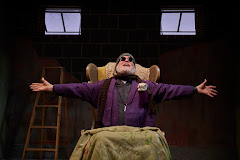




























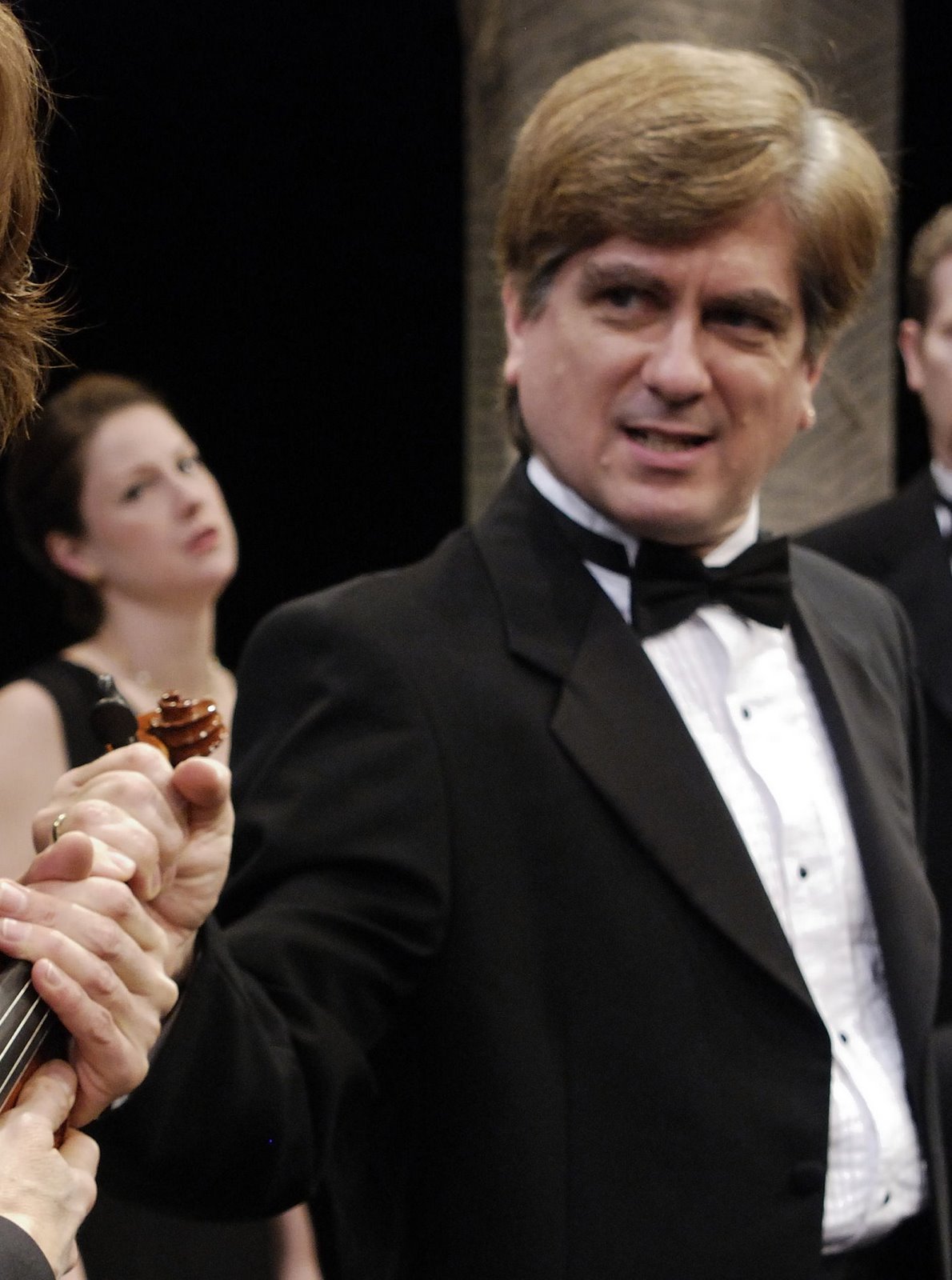
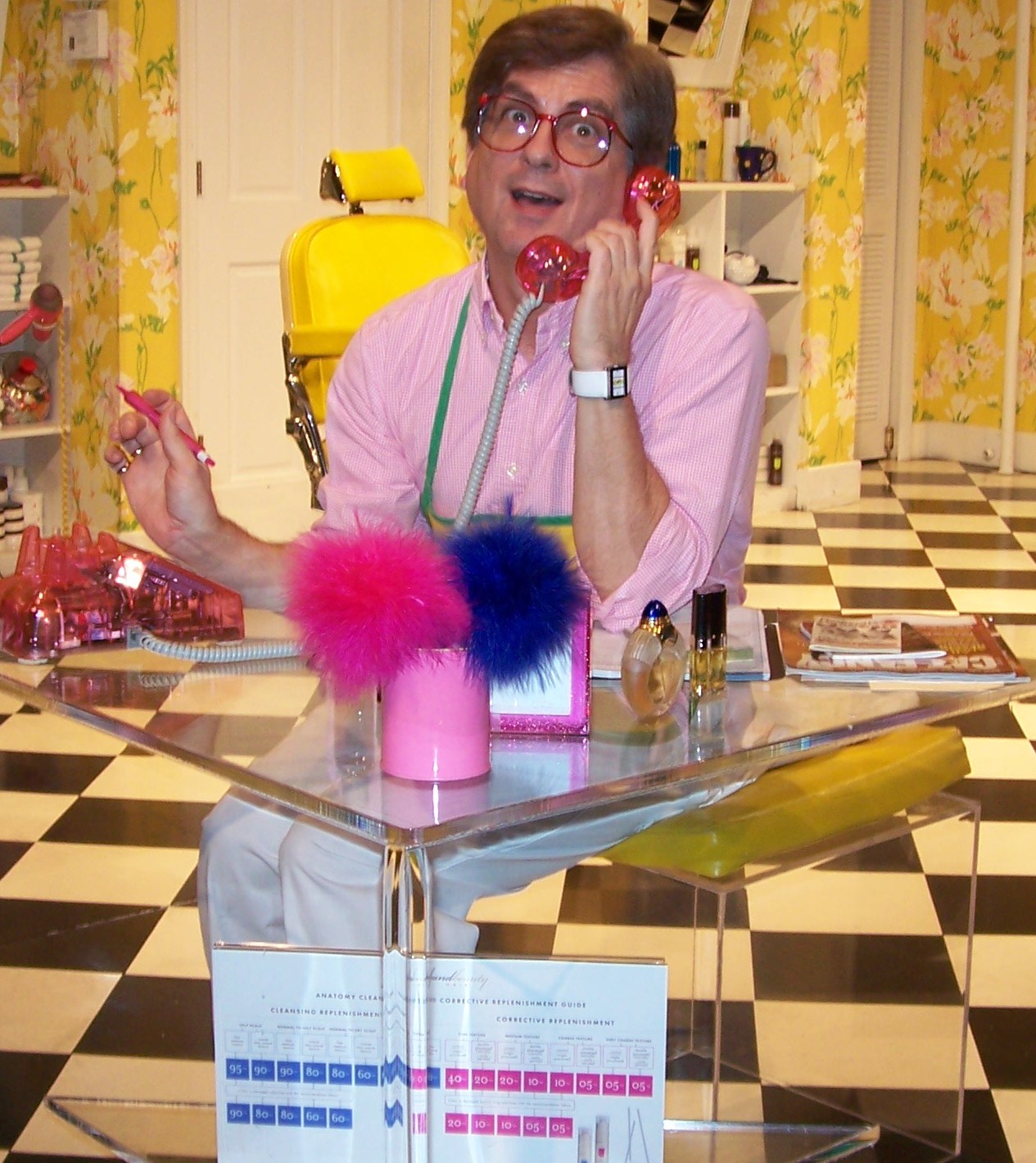
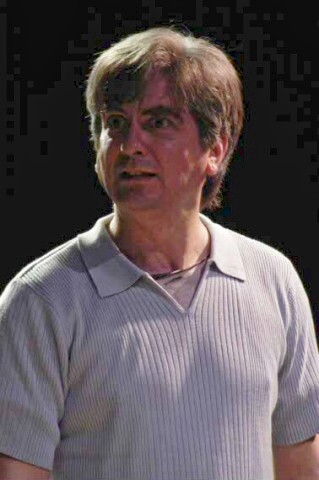
,+Olney+Theatre+Center,+2004.jpg)


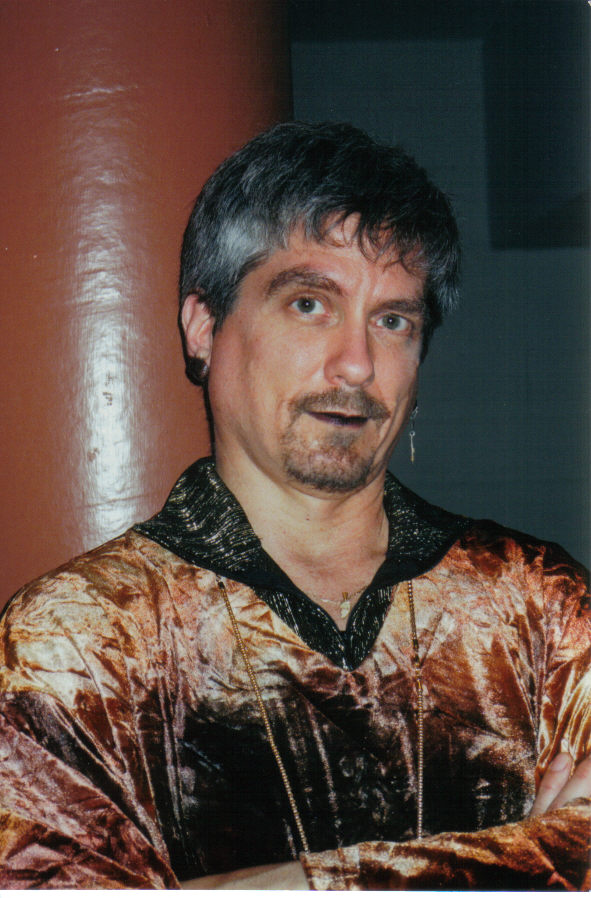
,+Shakespeare+Theatre+Company,.jpg)
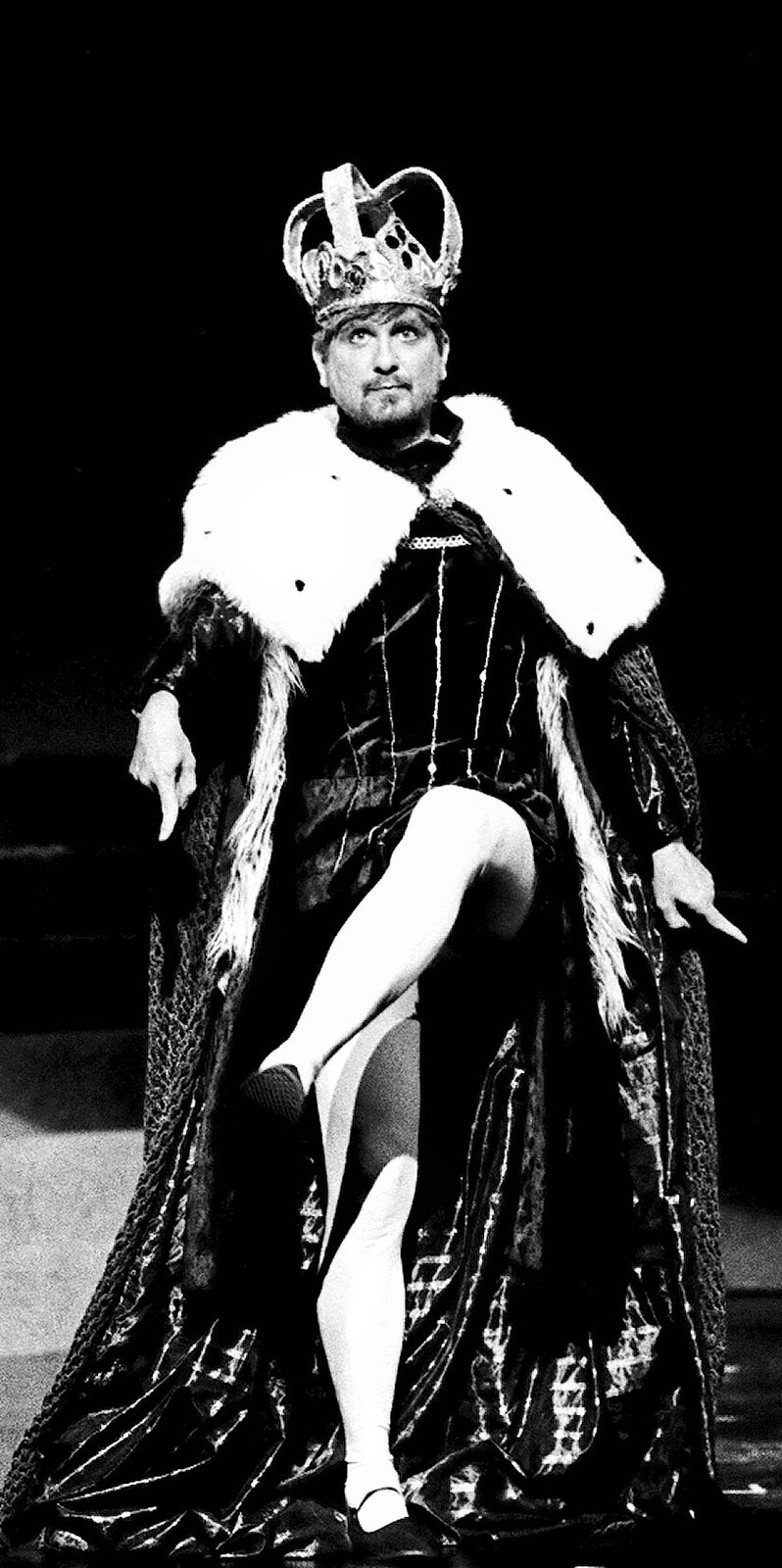

,+Warehouse+Theatre,+1999.jpg)
,+Are.jpg)
,+Everyman+Theatre,2002.jpg)
,+First+Nationa.jpg)
,+Shakespeare+Theatre+Company,.jpg)


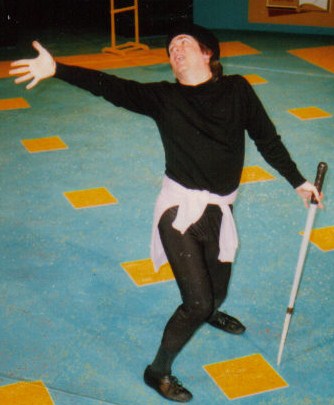
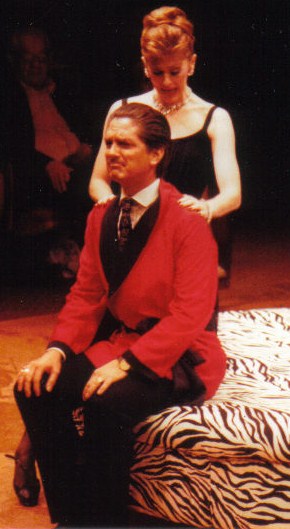


,+Granada+Th.jpg)
,+Globe+Playhouse,.jpg)
,+CSUN,+1976.jpg)
